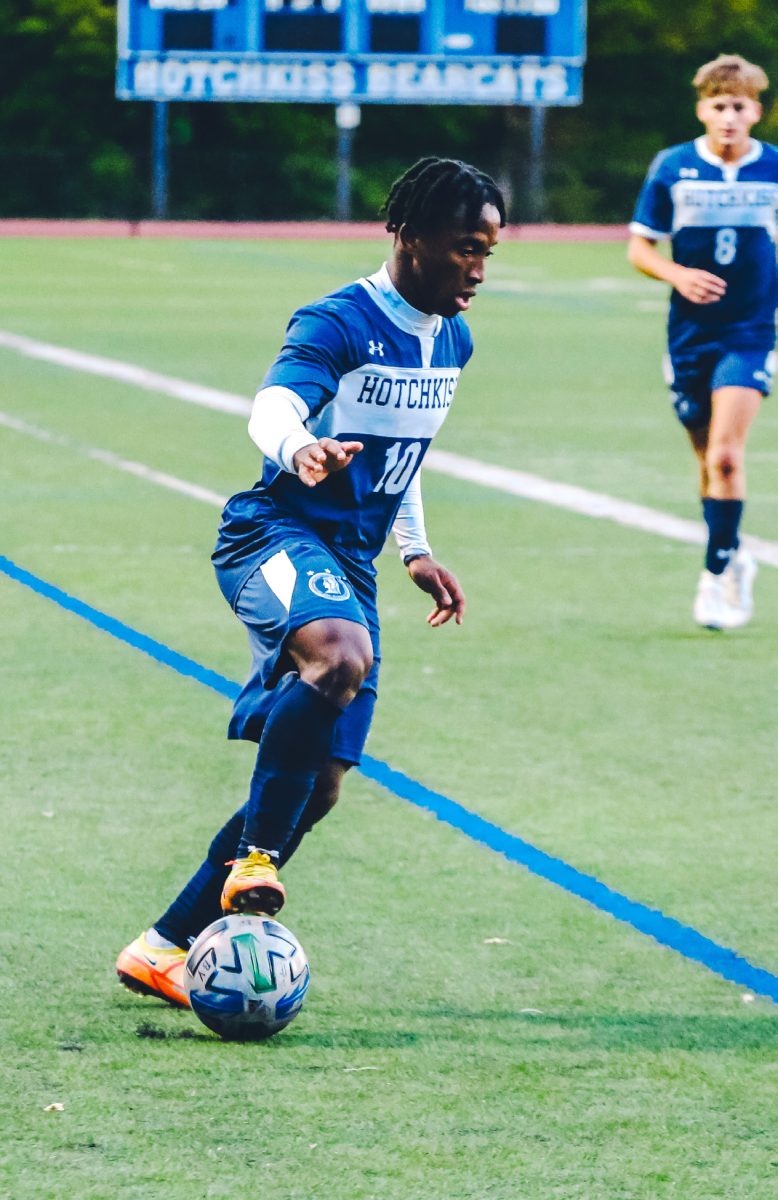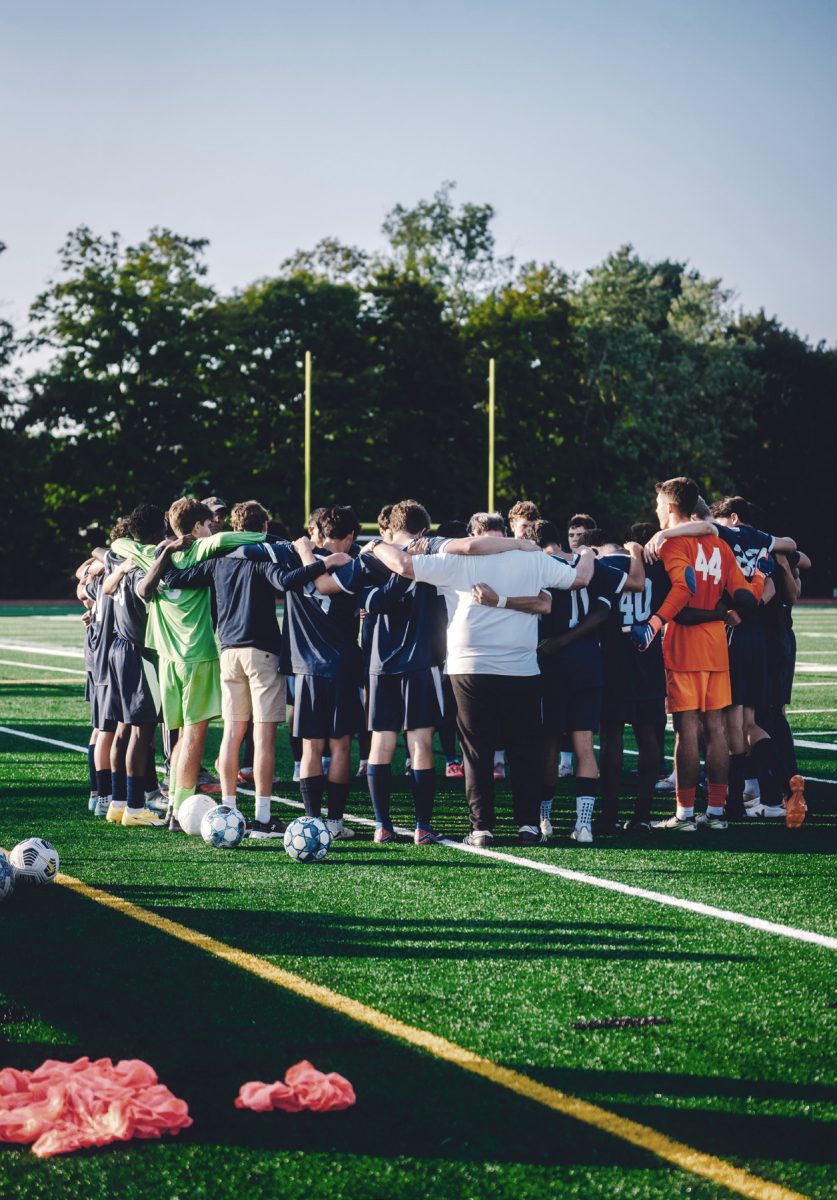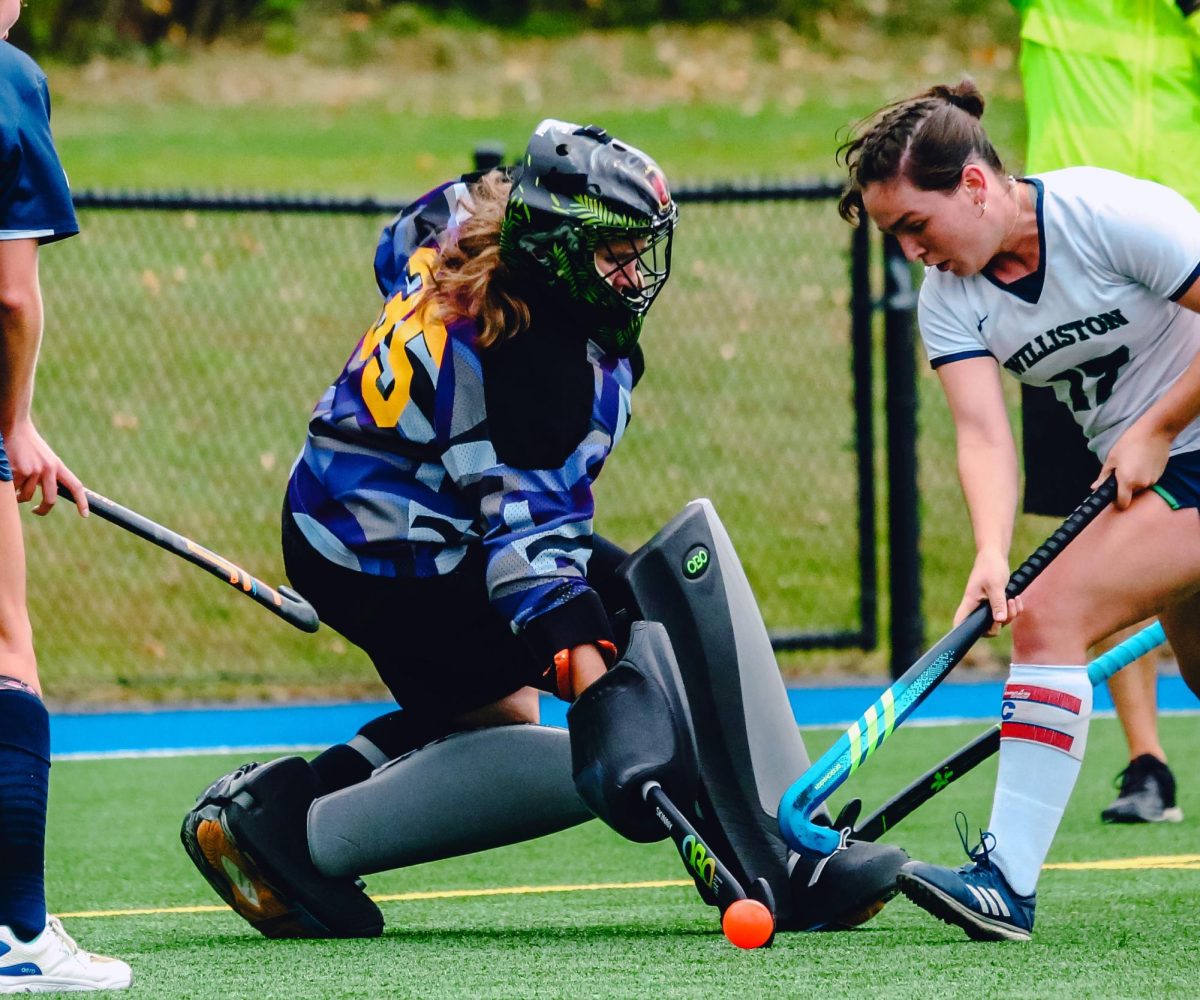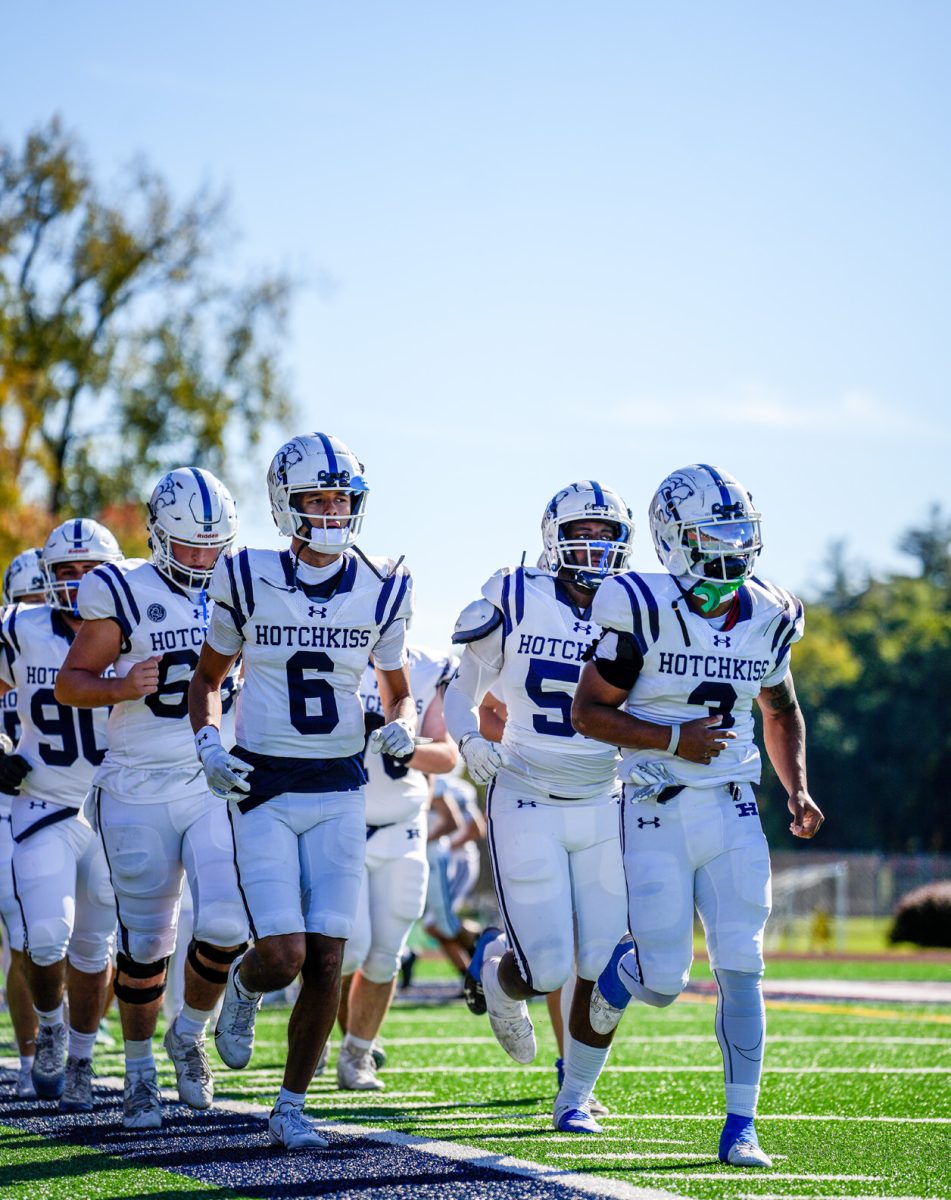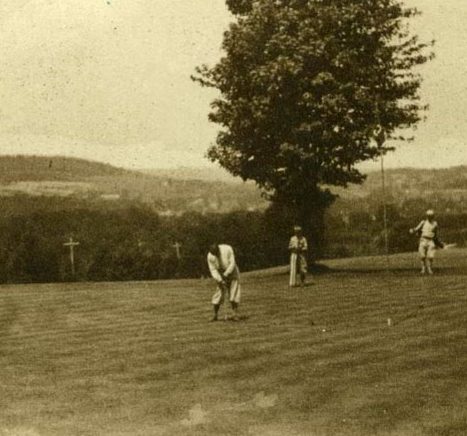
Visitors come to the Hotchkiss Golf Course for its challenging layout and pristine conditions, but many are likely unaware of the history beneath their feet.
Golf can be traced back to the early days of the school. However, the original six-hole course was, according to Scott Probasco 1911, “primitive and not suited for learning the sport.” In 1923, Probasco donated $3,000 towards a renovation, with the school matching his contribution.
Charles “Josh” Banks 1902, then-instructor in English and executive secretary of the Building and Endowment Fund, later raised almost $30,000 funds for further renovations. The school hired renowned golf course architect Mr. Seth Raynor, known for designing Yale’s course. Mr. Banks would go on to become a prolific architect in his own right, desigining courses including the Whippoorwill Club in Chappaqua, New York, after meeting and becoming close friends with Mr. Raynor.
For the new course, Mr. Raynor drew inspiration from famous courses in Europe and his own acclaimed template holes. The finished design was completed in 1925. In 1929, two holes were slightly redesigned to accommodate the construction of State Route 112. Since 1930, the course has not been significantly redesigned, with only slight alterations to a few holes and a change in hole order in 1933.
Today, the course is recognized as one of the best nine-hole courses in the world. Golf Magazine ranked it the 27th best nine-hole course in the world, and Golfweek named it the 29th best campus course in America.
The course is particularly recognized for offering a mix of difficulty levels across holes. Jackson Watson ’23 said, “There are two types of courses: scorable, more forgiving courses and courses that you’re just trying to survive. What makes our course so highly rated is that although it’s very forgiving, it also has the potential to be very challenging, so it requires a lot of course management skills.”
Such recognition would not be possible without the time and effort put in by Mr. Andrew Fenn, supervisor of the grounds department, and the grounds crew. The crew works year -round to keep the golf course in pristine condition. During golf season, from April to October, members of the grounds crew mow daily to maintain the fairways.
The unpredictable Connecticut weather poses upkeep challenges. Mr. Fenn said, “If we get too much rain, it can throw off what we do. Last year having a drought made it difficult to keep the grass green and growing. We spend more time watering than mowing when it gets hot and dry.”
The course’s location on campus gives the school’s teams a unique advantage over their competitors. Watson said, “The home field advantage on our course is greater than other courses, because we can play it at all times of the day. We get to learn all the ins and outs of the course that people who don’t play the course as much wouldn’t get to know.”

